Flavor characteristics of Yega Xuefei Coffee beans by Flavor washing treatment in Yega Xuefei producing area of Ethiopia
I believe that many fans' understanding of Qianjie coffee began with Qianjie rations and beans. Many friends who don't know about Qianjie may misunderstand the series of food and beans in Qianjie. They may think that the word "rations" is just for people who don't know coffee to satisfy their curiosity about coffee beans. Sometimes online activities only cost 9.9%. The quality of beans will be poor, the flavor will be very miscellaneous, and so on. Qianjie coffee rations beans play a "facade role" in coffee beans in major producing areas, where the basic flavor of rations beans is more recognized, and they are also low-cost and cost-effective coffee beans.
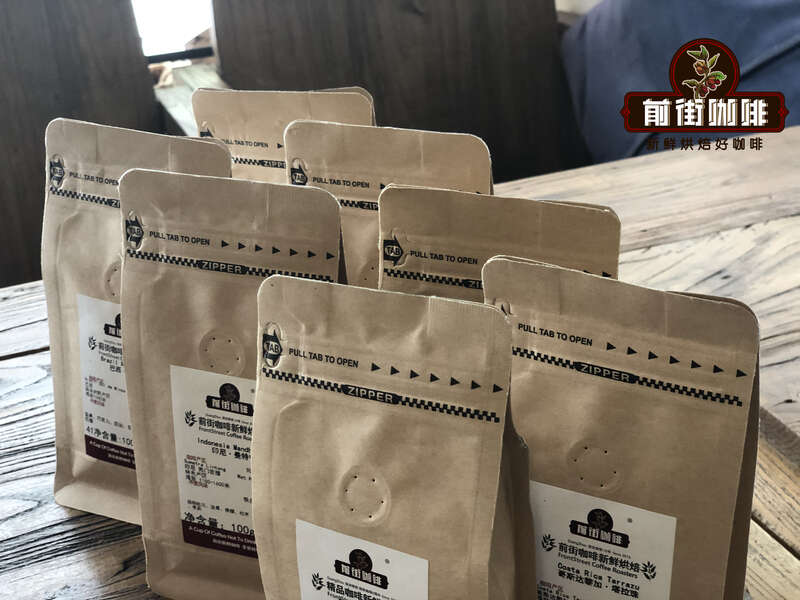
When Qianjie Coffee chooses to put on a "rations bean", it will select the beans that best represent the original local flavor in each major producing area, and introduce them to every enthusiast with a quantity of 100g and a very affordable price. The significance of Qianjie food and beans is to enable every coffee starter, enthusiast and taster to identify the basic flavor of each major producing area at a low price. For example, Yega Chuefei's citrus and lemon acidity; Mantenin's mellow, herbal flavor; Brazilian and Colombian nutty, chocolate flavor, and so on.
There are seven producing areas of grain beans on the front street, namely, Yegasuefei of Ethiopia, Tarazu of Costa Rica, Huilan of Colombia, Lindong Mantenin of Indonesia, Baoshan of Yunnan, China, Vivette Nanguo of Guatemala, and South Minas of Brazil.
Next, let's talk in detail about the refreshing representative of food and beans in the former street, Ethiopia Water washing Yega Xuefei, to see what the characteristics of this producing area are.

Country: Ethiopia
Producing area: Yega Xuefei
Altitude: 1800-2000 m
Variety: native species
Treatment: washing treatment
Flavor: Jasmine, berry, lemon, citrus
Yirga cheffe is a small town in Ethiopia, 1700-2100 meters above sea level. It is one of the highest coffee producing areas in the world and is synonymous with Ethiopian boutique coffee. Lake Turkana, Lake Abaya and Lake Chamo bring rich water vapor here. The Rift Valley, represented by Misty valley, is foggy all the year round, like spring all the year round, with a gentle breeze, cool and humid, and thousands of coffee trees thrive, giving birth to the unique and unpredictable flavor of Yega Xuefei, which is intertwined with flower and fruit aromas. The so-called Yega Chuefei flavor, refers to the rich citrus lemon acid, rich jasmine aroma, light and elegant taste, with a sense of tea, tastes like fresh and clean lemon tea.
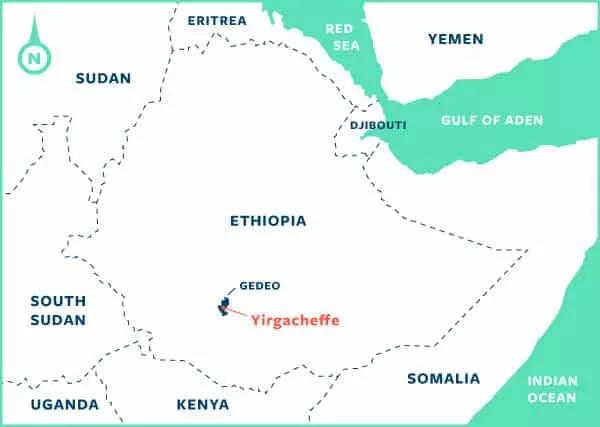
Traditionally, Yejia Xuefei used the oldest method of sun treatment, but because most of the early sun-dried coffee beans were dried on the flat ground, they were inevitably contaminated with miscellaneous smells such as soil flavor and dust, coupled with the lack of reasonable screening, the quality of sun-dried beans was average. In 1972, Ethiopia introduced Central and South American washing technology to improve the quality of coffee, which made the jasmine and citrus lemon aromas of Yega Xuefei clearer and brighter, making it one of the representatives of fine coffee in the world.
Washing treatment method
Put the screened coffee berries into the peeling machine to remove the peel and pulp; put the coffee beans with residual pectin into water and let them ferment for about 24 hours; after fermentation, wash the coffee beans with parchment in a flow tank to remove their pulp and pectin; dry the coffee beans after cleaning or dry them with the help of a dryer to reduce the moisture content to about 12%. Finally, remove the parchment of raw coffee beans.
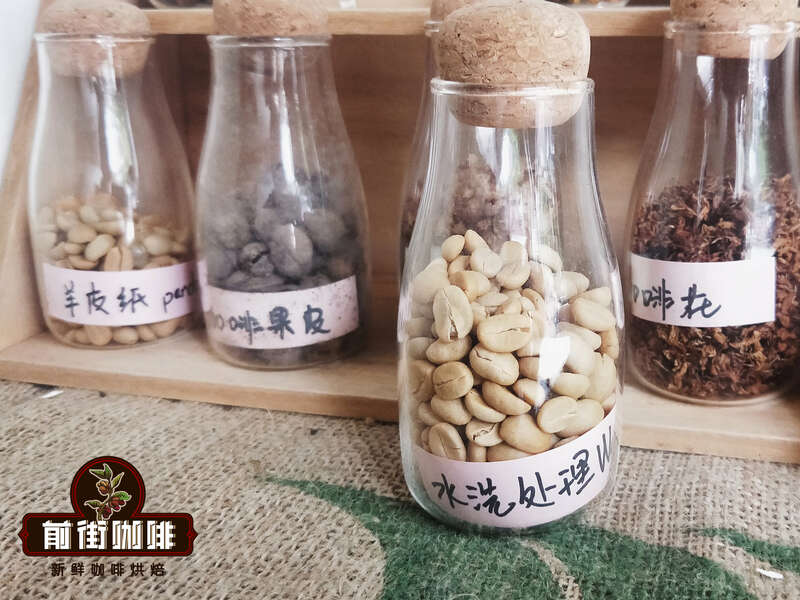
Qianjie is considering that washing treatment will better reflect the cleanliness of coffee taste and pure flavor, so when analyzing the specific flavor of a coffee producing area, it will take the washed beans in that area as a reference. If each beginner has not drunk Yejia Xuefei, Qianjie will first recommend the washed Yejia Xuefei, which will help to form the understanding of the flavor of the producing area, and then try the Yejia Xuefei, which is treated by tanning, honey treatment and so on. There can be a direction of comparison.
Yejia Xuefei coffee bean variety
The Yega Xuefei coffee variety is a local native species, Heirloom native species, this variety, most Ethiopian varieties will be named after this name, in fact, because Ethiopia has too many varieties, it is like the natural gene bank of Arabica, on the one hand, there are many varieties, and it is difficult to identify and classify them, on the other hand, the Ethiopian government is not willing to disclose the information of these varieties for the sake of protection, so it is collectively called the original species of Heirloom.
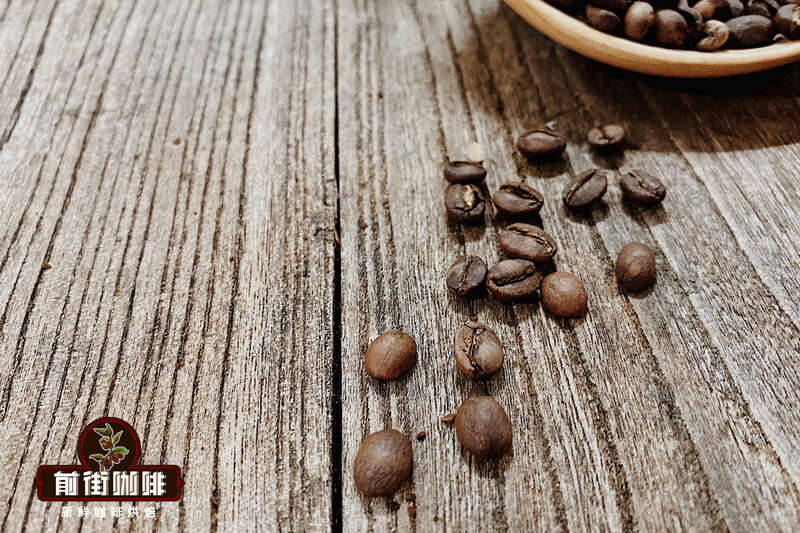
Careful enthusiasts will observe that Yejashefi coffee beans vary in size because of the wide variety and centralized processing. Nearly 2000 coffee varieties have been recorded in Ethiopia, including 1927 native varieties and 128 imported varieties. So just by looking at the appearance, Esther's coffee variety is "Grand View Garden", which has everything, long, short, thin, fat. And Qianjie Coffee all Esser beans are small particles, the appearance is more round, the bean body is very small, mostly between 14 and 15 mesh. The emergence of the word "native species" occurred after the start of the boutique coffee movement. At that time, buyers of boutique coffee, which could not tell the difference between Tibica and bourbon, would collectively refer to all these unknown varieties as native species. In addition, there are too many varieties of coffee in Ethiopia, just like the natural gene bank in Arabica. On the one hand, there are many varieties, and it is difficult to identify and classify them. On the other hand, the Ethiopian government is unwilling and unable to disclose these varieties information for the sake of protection.
How is the front street coffee roasted and washed with Shifei coffee beans?
In order to retain the bright citrus acidity and floral aroma of washed Yega Chuefei, Qianjie bakers chose to bake this bean in a medium-to-shallow baking degree. The temperature of the soy bean is 200℃, the yellowing point is 5cm, the temperature is 35. the first explosion begins at 9pm 3908, the temperature is 182.1 ℃, the first explosion develops in 2 minutes, the temperature is 195℃.
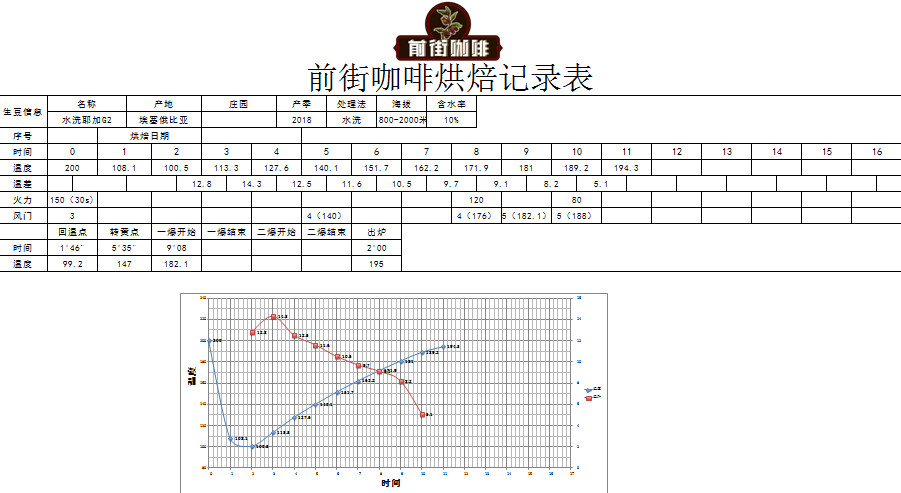
Qianjie coffee brewing recommendation
Water temperature: 90-91 degrees
Degree of grinding: BG#6m (fine sugar size / 20 sieve bowl sieve powder to 80%)
Ratio of powder to water: 1:15
Amount of powder: 15g
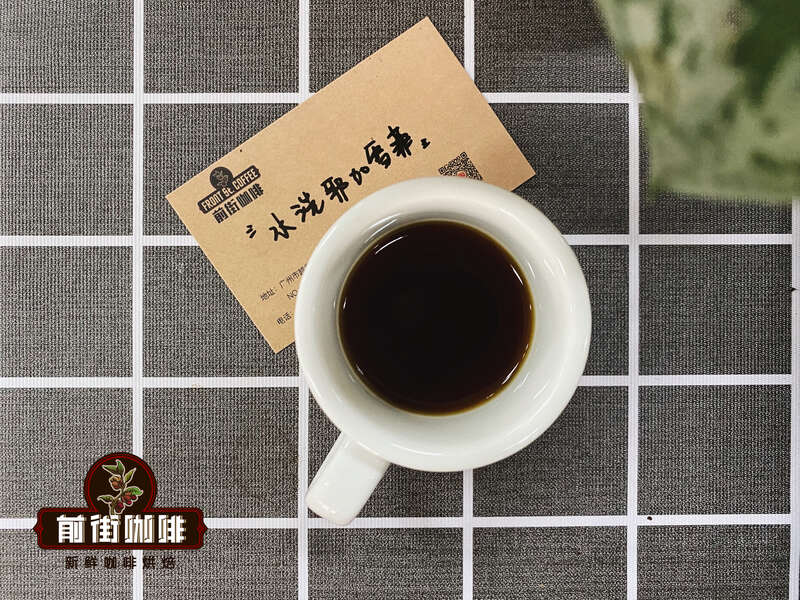
Qianjie cooking technique: the first section is filled with 30 grams of water for 30 seconds, followed by 95 grams (the electronic scale shows that about 125 grams), and the injection is completed in about 1 minute. When the water level drops to the powder layer 2 gram 3, inject the remaining 100 grams (about 225 grams shown by the electronic scale), about 1 minute and 40 seconds. 1, 39, 39, 55, 39, 39, 39, 39, 39, 39, 39, 39, 39, 39, 39, 39, 39, 39, 39, 39, 39, 39, 39, 39, 39, 39, 39, 39, 39, 39, 39, 39, 39, 39, 39, 39, 39, 39, 39, 39, 39, 39, 39, 39, 39, 39, 39, 39, 39, 39, 39, 39, 39, 39, 39, 39, 39, 39, 39, 39, 39, 39, 39, 39, 39, 39, 39, 39, 39, 39, 39, 39, 39, 39, 39, 39, 39, 39, 39, 39, 39, 39, 39, 39, 39, 39, 39, 39, 39, 39, 39, 39, 39, 39, 39, 39, 39, 39, 39, 39,
Cooking flavor: the aroma of jasmine, the sense of berry juice, the acidity of lemon and citrus, bright, clean and fresh as a whole.
Important Notice :
前街咖啡 FrontStreet Coffee has moved to new addredd:
FrontStreet Coffee Address: 315,Donghua East Road,GuangZhou
Tel:020 38364473
- Prev
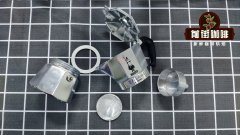
Six steps to share the history of mocha pot and the method of grinding time for brewing coffee
Mocha pots can be found everywhere at home or in coffee shops, but do you know how to use them? Today the editor is here to tell you the cooking knack ~ the mocha pot was invented by LuigidiPonti in 1933 and its inspiration is derived from the early concept of washing machine. Previous
- Next
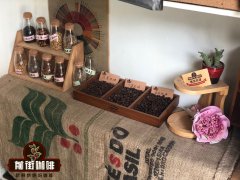
Washing treatment of Costa Rican boutique coffee Tara Zhu producing area coffee flavor in Fatara Zhu producing area
When I came to the Qianjie Cafe, many friends just started the coffee and asked the barista novice in the front street what kind of coffee beans are suitable for them and how to choose the ones that suit them. If guests do not have any special definition of coffee flavor in the producing area, Qianjie will decisively recommend "Qianjie food beans" in most cases, and Qianjie will be launched only when guests have a demand for "pursuing a more specific coffee flavor".
Related
- Beginners will see the "Coffee pull flower" guide!
- What is the difference between ice blog purified milk and ordinary milk coffee?
- Why is the Philippines the largest producer of crops in Liberia?
- For coffee extraction, should the fine powder be retained?
- How does extracted espresso fill pressed powder? How much strength does it take to press the powder?
- How to make jasmine cold extract coffee? Is the jasmine + latte good?
- Will this little toy really make the coffee taste better? How does Lily Drip affect coffee extraction?
- Will the action of slapping the filter cup also affect coffee extraction?
- What's the difference between powder-to-water ratio and powder-to-liquid ratio?
- What is the Ethiopian local species? What does it have to do with Heirloom native species?

